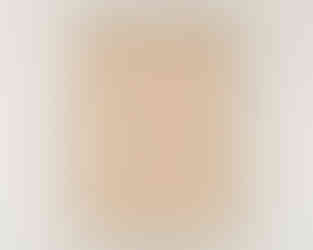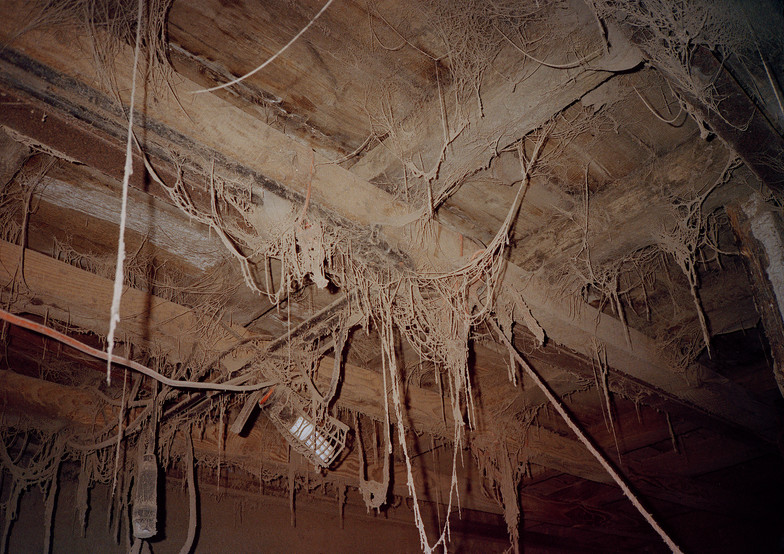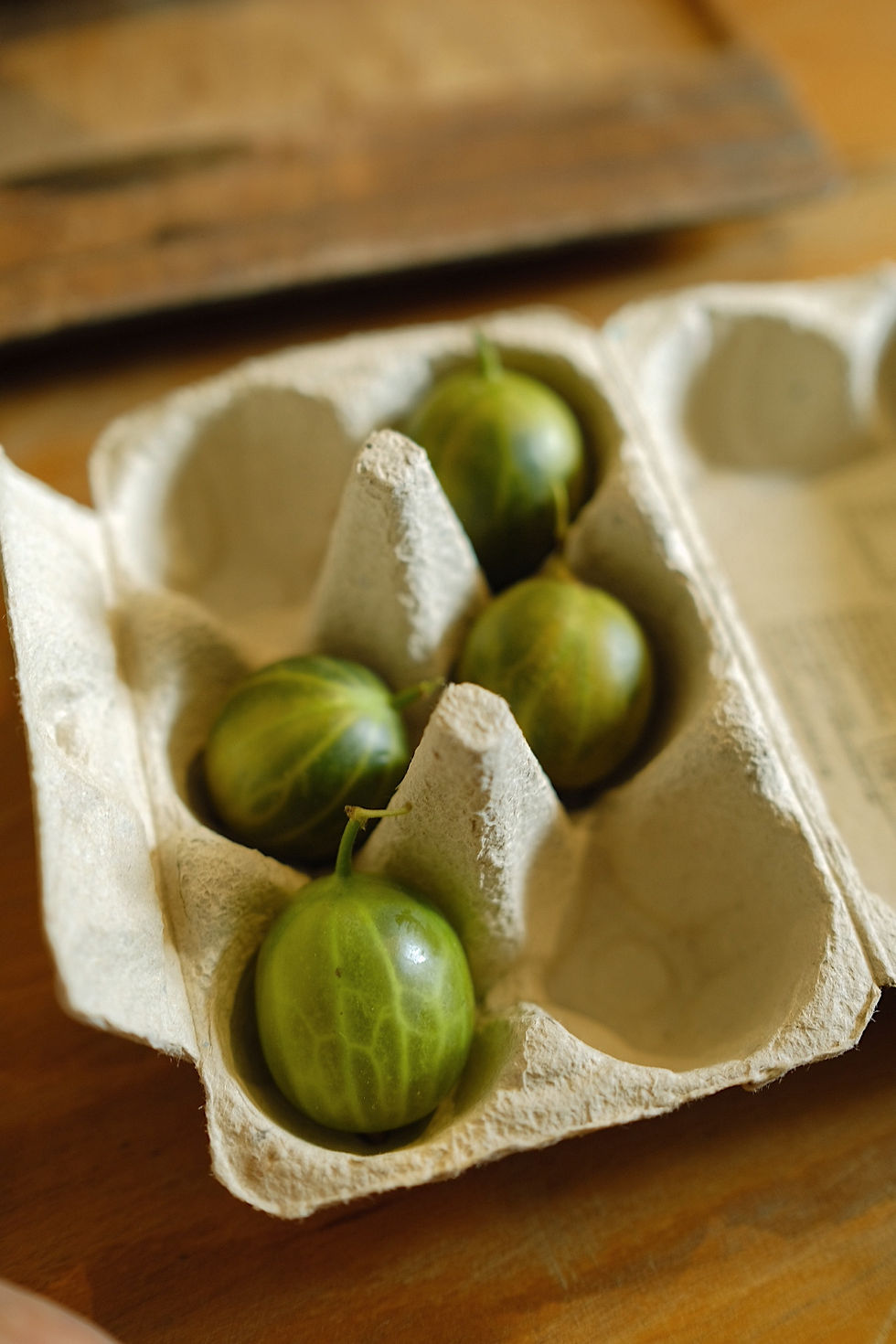The Makings of Tradition
- Angus D. Birditt
- Jan 11, 2023
- 4 min read
Explore the following 'Stories within Our Isles' by Kathryn Wood who works with traditional methods of making, such as darkroom photography and hand-spinning wool, to create objects, performances and images using agricultural by-products. From the Peak District to Lithuania, discover Kathryn's diverse works, which focus on the political movements within the rural area, through skill sharing workshops, performances and publications.

I grew up in a hill-farming community in the north of the Peak District National Park. My artistic practice has often explored my interest in the perception of the British countryside and the popular myth of the rural idyll, the countryside is almost always being depicted as charming and affluent, when this is often not its reality. Phone signals, public transport and access to health care, are patchy.
I've always been drawn to photographically documenting life around the farm, the physical labour of farming and all its imperfections. Some of my earliest photographic series involve photographing my parents in the jobs they did outside of running the farm, my dad, a motor mechanic, and my mum, a mobile hairdresser. Looking back at the images now, they are a documentation on the state of hill-farming and a comment on the need for people to have second jobs. But then, it was a way to pass the time whilst waiting for them to finish work so that I could get a lift home.
After finishing university, I moved back to the farm and worked at a restaurant in Stockport called Where The Light Gets In, which serves a blind tasting menu using local, seasonal ingredients. We developed a dish which used eggs from my family's farm. Looking through the bookings one day, we saw that conservative MP Edwina Currie had booked in to eat, the politician who famously crashed the British poultry farming industry by claiming that eggs contain salmonella. This particular egg dish had surplus egg whites, so for her arrival, I developed a photograph of my poultry farming Grandma, using the albumen printing technique, an 18th century printing method which creates an image using only egg white & silver nitrate, and we served it alongside the dish.
A big influence on my practice is the Right To Roam movement and the Kinder Scout Mass Trespass of 1932, where around 500 walkers, mostly from Manchester and Sheffield, trespassed en masse and walked from Hayfield to Kinder Scout to secure access rights to open country for all to enjoy forever. I discovered that protest leader Benny Rothman's daughter had donated the receipts of his entire lifetime's work campaigning to The Salford Working Class Movement Library. This archive has influenced my work heavily and has been the centre topic of several alternative-printing workshops that I have run across Manchester and Sheffield. I was recently commissioned by Patagonia to produce a body of work to commemorate the 90th anniversary of the Mass Trespass. One element involved developing archival images on the Kinder plateau, using the cyanotype printing process.
Most recently, I have been making work surrounding the material wool, a recent sharp fall in its value resulted in farmers burning it because the price no longer covered the cost of shearing. Wool now generates as little as 20-30p per kilo, which has led to hundreds of thousands of tonnes of UK wool being wasted. My mum found herself with lots of surplus fleece, and together we developed functional objects and skill-sharing workshops, with the aim to promote wool as a versatile and sustainable material, as well as directly connecting makers with producers. My personal favourite of these skill-shares was the communal felting workshop, where a dozen people worked together to make a giant felt sheet, which was used in a community garden to protect the vegetables from slugs and frost.
This research into wool led me to be selected for a The Shepherds Residency at Nida Art Colony in Nida, Lithuania. During the residency, I was responsible for watching over a flock of 30 Skudde sheep, walking them through Grobštas forest for several hours each day with the purpose of preserving the landscape through rotational grazing. The flock of sheep belong to artist Laura Garbštienė’s, her practice encompasses temporal art forms and reflections on natural phenomena, ecological awareness, domesticity, and the decline of rural life. Garbštienė has lives in Šklėriai, a small village near Dzūkija National Park, with a small herd of Skudde sheep, where she promotes spinning as an anti-capitalist movement to unite people from diverse cultural backgrounds.
Throughout The Shepherds Residency, I documented the experience, and made a book which was recently published by Ceremony Press. The book titled ‘Skudde’ is split into three different publications; the first one features a mix of portraits and landscapes, highlighting scientific research by Curonian Spit National Park, alongside raw photographs of lambing, dog attacks and friendships made. The second draws parallels between the experience of Shepherding in Lithuania to my experience of hill-farming in the North of England. The last publication is a documentation of textiles and wooden frames which were produced using by-products from the project. All three publications are bound using hand spun wool from the flock of sheep and are bound into one hard-back case.
Words & Photography by Kathryn Wood
.png)




.jpg)


.jpg)



























Comments